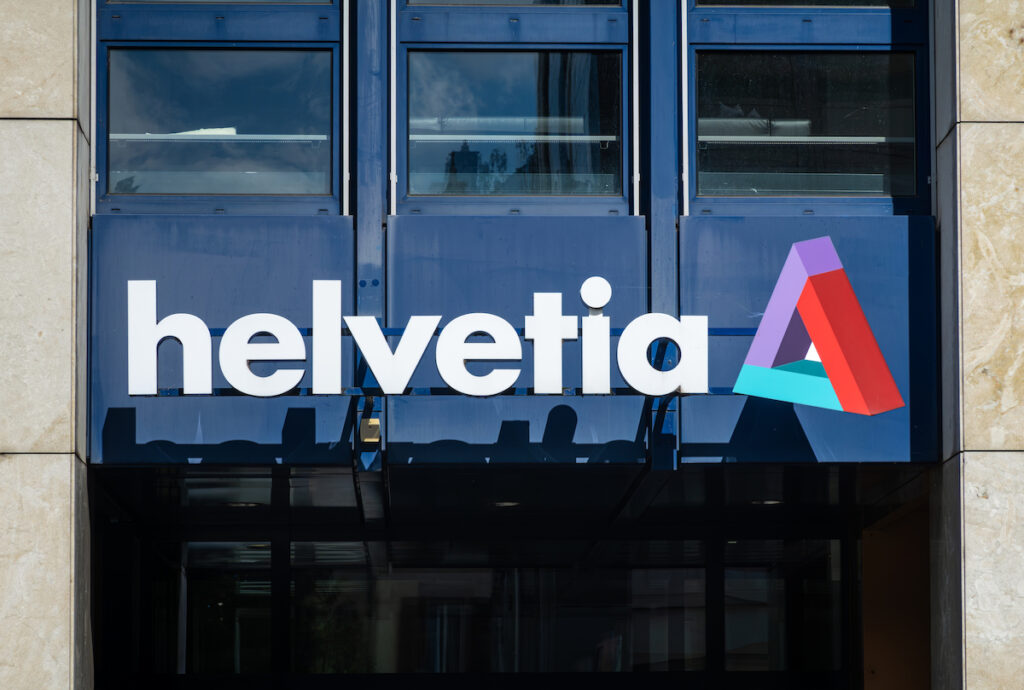Strategic Union Creates a New Insurance Powerhouse
In a major development for the European insurance industry, Swiss firms Helvetia and Baloise have announced their decision to merge, forming a new entity named Helvetia Baloise Holding. The unified company is set to become Switzerland’s second-largest insurance group, boasting a combined business volume of 20 billion Swiss francs—equivalent to nearly $24.7 billion USD.
This strategic move positions the new entity among the top ten insurance companies in Europe, according to a joint statement released by both firms. The merger is described as a “merger of equals” and is structured to ensure a balanced representation from both sides across the executive leadership and board. The announcement follows a series of similar consolidations in the insurance space, indicating a growing trend toward scale and competitiveness across Europe.
The consolidation responds not only to evolving market pressures but also to shifting customer expectations. As clients seek more comprehensive and integrated services, larger insurers are better positioned to offer diversified portfolios and enhanced digital infrastructure. This merger reflects a broader shift toward operational resilience and modernization within the sector.
Governance and Shareholder Structure
Helvetia’s current CEO, Fabian Rupprecht, has been appointed to lead the new company, while Thomas von Planta, the current chairman of Baloise, will head the board of directors. Their appointment reflects the equal nature of the merger, with both leadership teams integrated into the new structure, creating continuity and strategic clarity.
Shareholders of both companies will vote on the merger during special meetings scheduled for May 23. If approved, the transaction is expected to close in the fourth quarter of 2025. Under the agreed exchange ratio, Baloise shareholders will receive 1.0119 new Helvetia shares for each share they currently hold. Once merged, Helvetia shareholders will own 53% of the combined entity, maintaining a slight majority.
The new company’s headquarters will be in Basel, adopting Baloise’s corporate logo with some modifications. This symbolizes the continuation of both firms’ legacies while forming a united brand moving forward. Both companies emphasized that the integration process will be guided by principles of transparency and long-term value creation.
Cost Synergies and Workforce Impact
The merger aims to enhance operational efficiency and improve financial performance. In addition to ongoing cost optimization strategies already in place at both firms, the merger is projected to generate annual pre-tax savings of approximately 350 million Swiss francs—equivalent to nearly $433 million USD.
A significant portion of these savings is expected to come from workforce consolidation. Although specific figures have not been disclosed, about two-thirds of the cost reductions are projected to result from streamlining the combined workforce of 22,000 employees. Company officials emphasized that it is too early to determine the number of jobs that may be impacted, but transition plans and support for employees will be outlined in due course.
The firms also plan to evaluate overlaps in real estate, IT systems, and administrative structures to achieve maximum efficiency. Stakeholders have been assured that customer-facing services will continue without disruption during the transition phase.
While the deal has drawn attention from investors, Cevian Capital Partners, an activist investor that holds a 9.4% stake in Baloise, declined to comment on the merger. The investor had previously advocated for structural changes within Baloise, suggesting that the agreement could be a response to mounting shareholder pressure.
Market Impact and Long-Term Outlook
The proposed merger has been met with cautious optimism by market analysts. According to Zuercher Kantonalbank analyst Georg Marti, the creation of a stronger competitor in the insurance sector has the potential to deliver improved financial results for shareholders. Marti added that the news, while significant, had been anticipated given recent speculation in financial circles.
Industry observers say the combined scale, resources, and broader customer base will not only enhance profitability but also improve the firms’ positioning in both domestic and international markets. Company representatives highlighted that the transaction is designed to ensure long-term competitiveness, generate value for a wide range of stakeholders, and uphold the companies’ longstanding reputations within Switzerland and beyond.
Across the European landscape, consolidation has become a key strategy for insurers seeking to respond to regulatory pressures, digital transformation, and economic uncertainty. As companies like Helvetia and Baloise join forces, others may follow suit to remain relevant in an increasingly competitive and technology-driven environment.
With the insurance landscape evolving rapidly, this merger could mark a new chapter for Swiss insurance as it seeks to compete more effectively on the European stage while delivering value-driven services to clients around the world.



